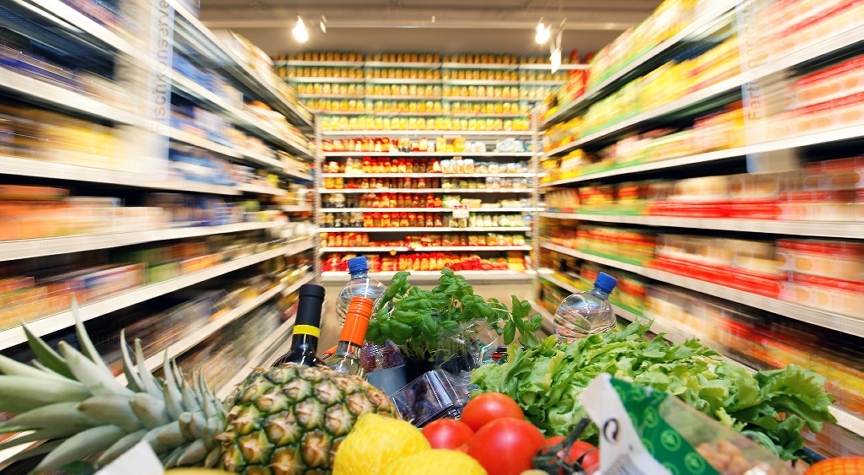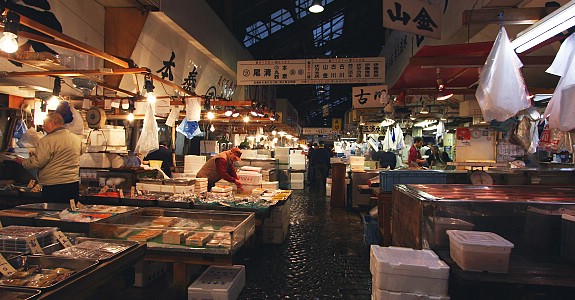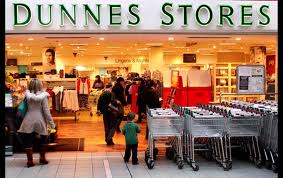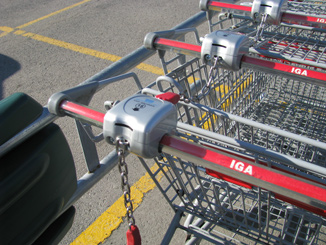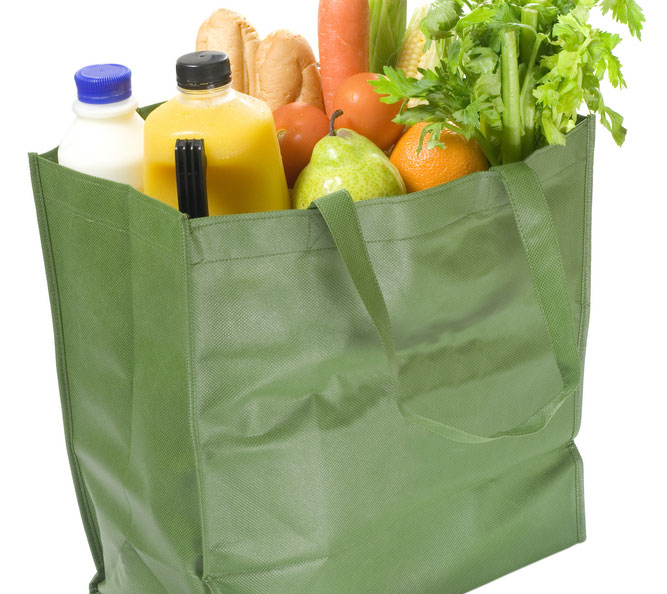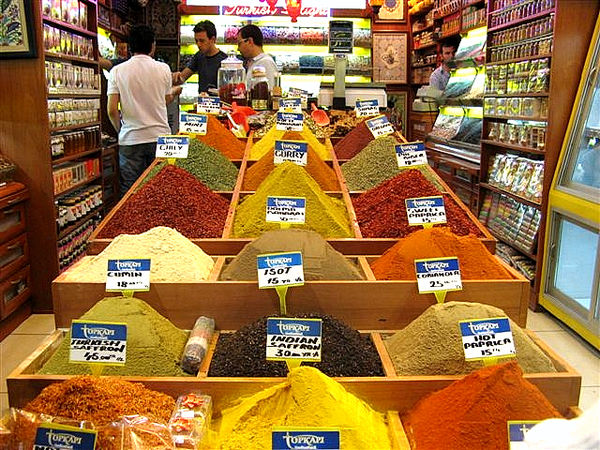Everyone loves food. All around the world there are millions of places to buy and sell food; it is a culture in and of itself! Here in the United States we are accustomed to a certain way of shopping for food. We walk into a grocery store, meander through the aisles, pick up what we need, and then check it out at the front of the store. Sure, there are numerous different options for our food shopping such as farmer’s markets and the like, but for the most part our system follows this order. As anyone who has traveled abroad for any length of time knows, not all shopping systems match what we find here at home. In fact, some are completely different!
Do you have any experience grocery shopping abroad?
Tell us about it!
Tsukiji Fish Market – Tokyo, Japan
Japan is known for its seafood—sushi, anyone? But Tokyo takes shopping for fish and turns it into an experience people cannot forget. The Tokyo Metropolitan Central Wholesale Market, commonly known as the Tsukiji Market, is the biggest wholesale fish and seafood market in the world and also one of the largest wholesale food markets of any kind. The market is located in Tsukiji in central Tokyo, and is a major attraction for foreign visitors.
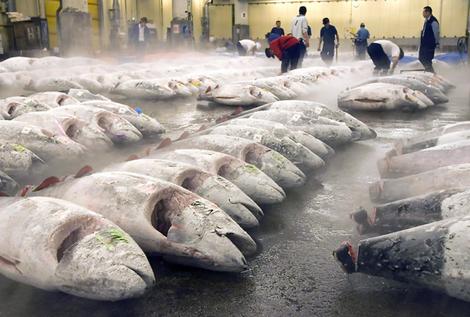
The market opens most mornings (except Sundays, holidays and some Wednesdays) at 3:00 a.m. with the arrival of the products by ship, truck and plane from all over the world. Particularly impressive is the unloading of tons of frozen tuna. The auction houses then estimate the value and prepare the incoming products for the auctions. The buyers (licensed to participate in the auctions) also inspect the fish to estimate which fish they would like to bid for and at which price. The auctions start around 5:20 a.m. Bidding can only be done by licensed participants. These bidders include intermediate wholesalers who operate stalls in the marketplace and other licensed buyers who are agents for restaurants, food processing companies, and large retailers.
The auctions usually end around 7:00 a.m. Afterward, the purchased fish is either loaded onto trucks to be shipped to the next destination or on small carts and moved to the many shops inside the market. There the shop owners cut and prepare the products for retail. In case of large fish, for example tuna and swordfish, cutting and preparation is elaborate. Frozen tuna and swordfish are often cut with large band saws, and fresh tuna is carved with extremely long knives (some well over a meter in length) called oroshi-hōchō, maguro-bōchō, or hanchō-hōchō.
Europe –Ireland and the UK
In this instance, we are talking specifically about a few grocery stores that our team has had some experience with. In Ireland, Dunnes is a very common, very popular grocery and retail chain. Tesco is a huge chain in the UK. They are like any American grocery stores that you shop in now. What sets them apart, however, is found in the small details.
For one thing, if you would like to use a cart to store your purchases while you walk around the store, you need money.
In order to unlock your cart from the one in front of it, you need a one Euro or Pound coin. There is no other way to separate them otherwise. Unless a customer prefers to tote around a long stream of shopping carts, he needs to make sure his pocket is full of change. This procedure is quite common throughout Europe in big grocery chains; it is quite effective in ensuring their carts are not stolen!
When we are paying for our purchases, many of us may take having our groceries bagged for granted. When you shop in one of these stores, you need to bring your own! Once the cashier tallies up your purchases, it is up to you to make sure you have something to store it in. Plastic bags may be purchased at check-out, usually for a few cents.
Egyptian Spice Bazaar – Istanbul, Turkey
The Spice Bazaar, in Istanbul, Turkey is one of the largest bazaars in the city. Located in Fatih, in the neighborhood of Eminönü, it is the second largest covered shopping complex after the Grand Bazaar. The Spice Bazaar was built in 1664 as an extension of the New Mosque (Yeni Camii) complex, and its revenues helped support the upkeep of the mosque and its philanthropic institutions such as a school, a hospital and several baths. The market was called Mısır Çarşısı (Egyptian Market) because it is said that it was built with money paid as duty on Egyptian imports. The annual ‘Cairo caravan’ would bring along spices from Egypt, just like Istanbul located on the trade route between the East and Europe.
The bazaar is “L” shaped and has six gates. The shopkeepers stock all the staple flavors of Eastern cuisine and display them with a great sense of color and arrangement. Cardamom, green cumin, ground red pepper, curry, sesame, ground coconut, yellow turmeric and saffron fill bags and boxes and are heaped into miniature volcanoes, while strings of dried okra, peppers and eggplant dangle overhead. The more customers explore, the more unusual goods they manage to find. There are all kinds of interesting beauty products as well, such henna, natural sponges, a large variety of oils and rose water, and the exfoliating hand-woven kese, which are used in Turkish baths for scrubbing.
Where the stalls in the bazaar originally only stocked spices and herbs, over the years other edibles were added, such as nuts, honeycomb, Turkish delight, dried fruit and vegetables, mature hard Turkish cheese, caviar, and smoked or dried beef. Today a fair amount of the over 90 shops unfortunately swapped their spices and offer the typical tourist trinkets such as scarves, kids costumes, and gold.
